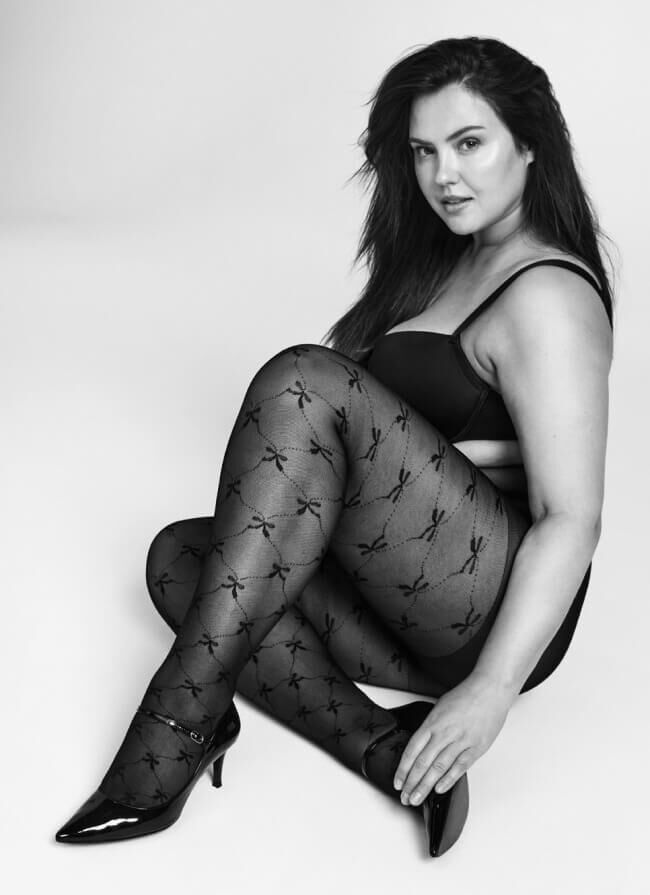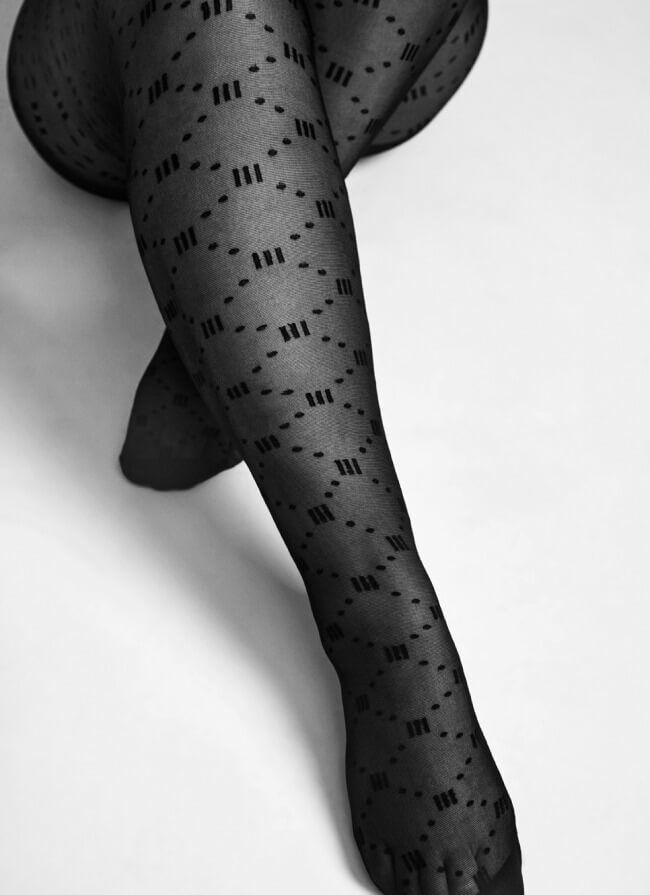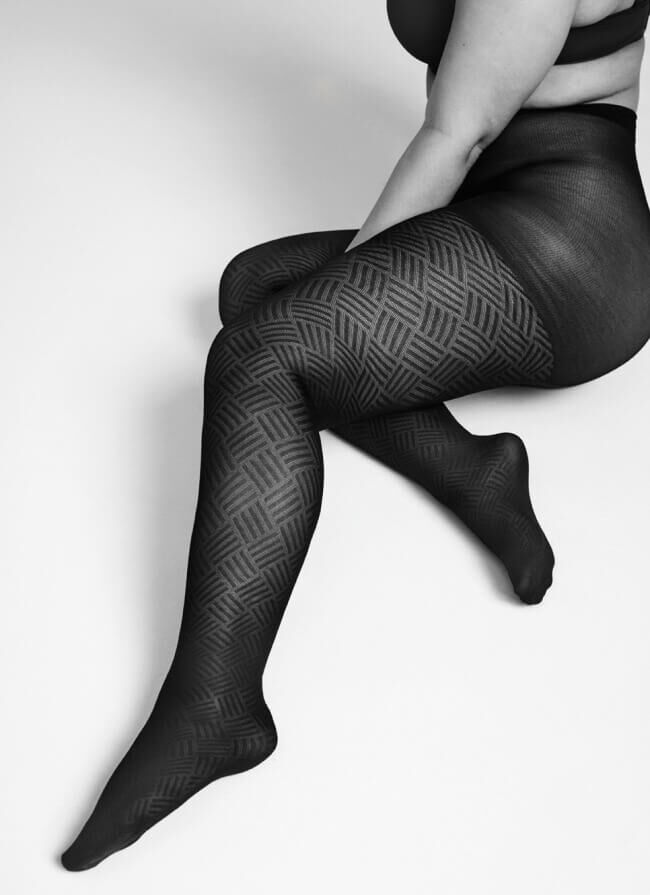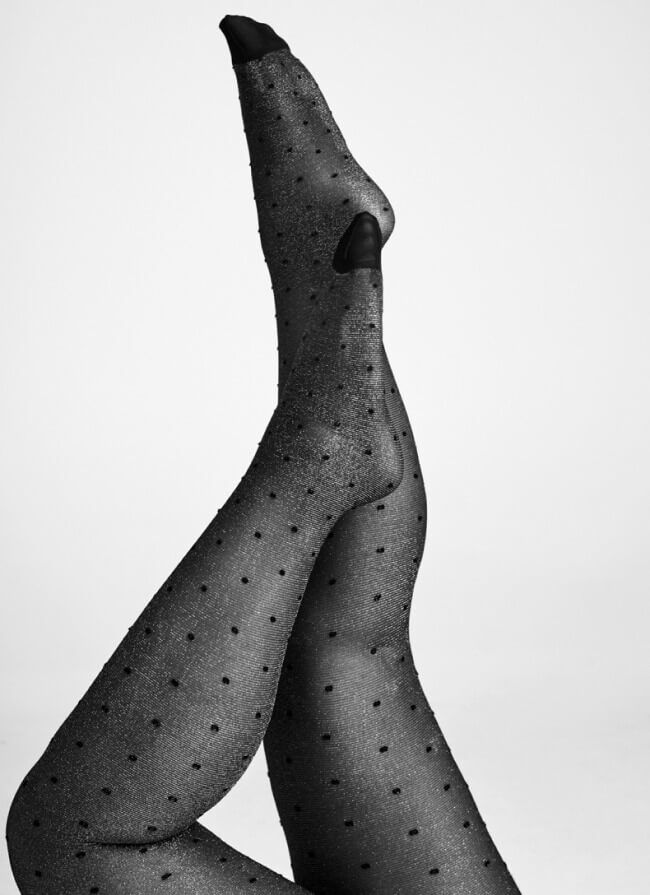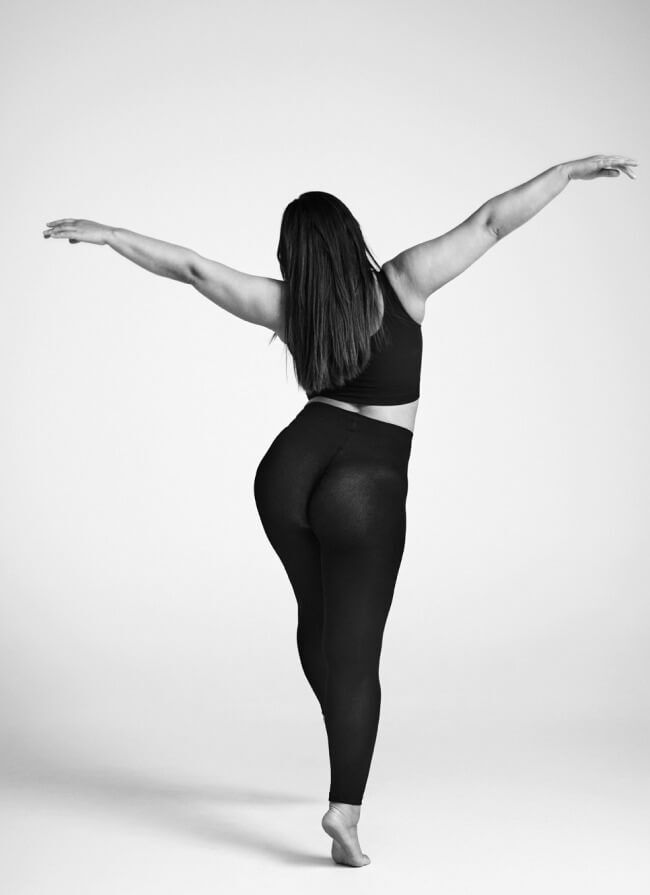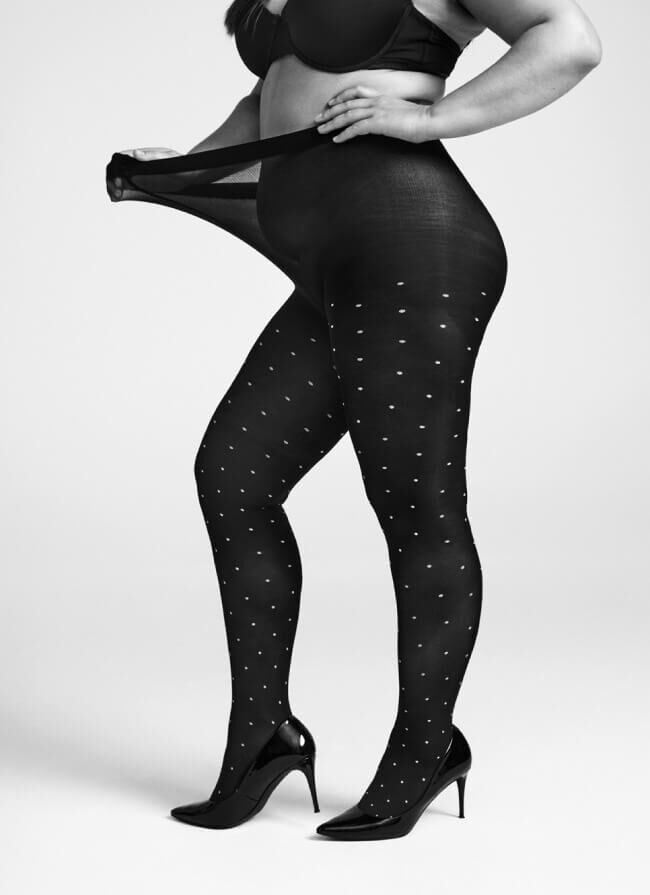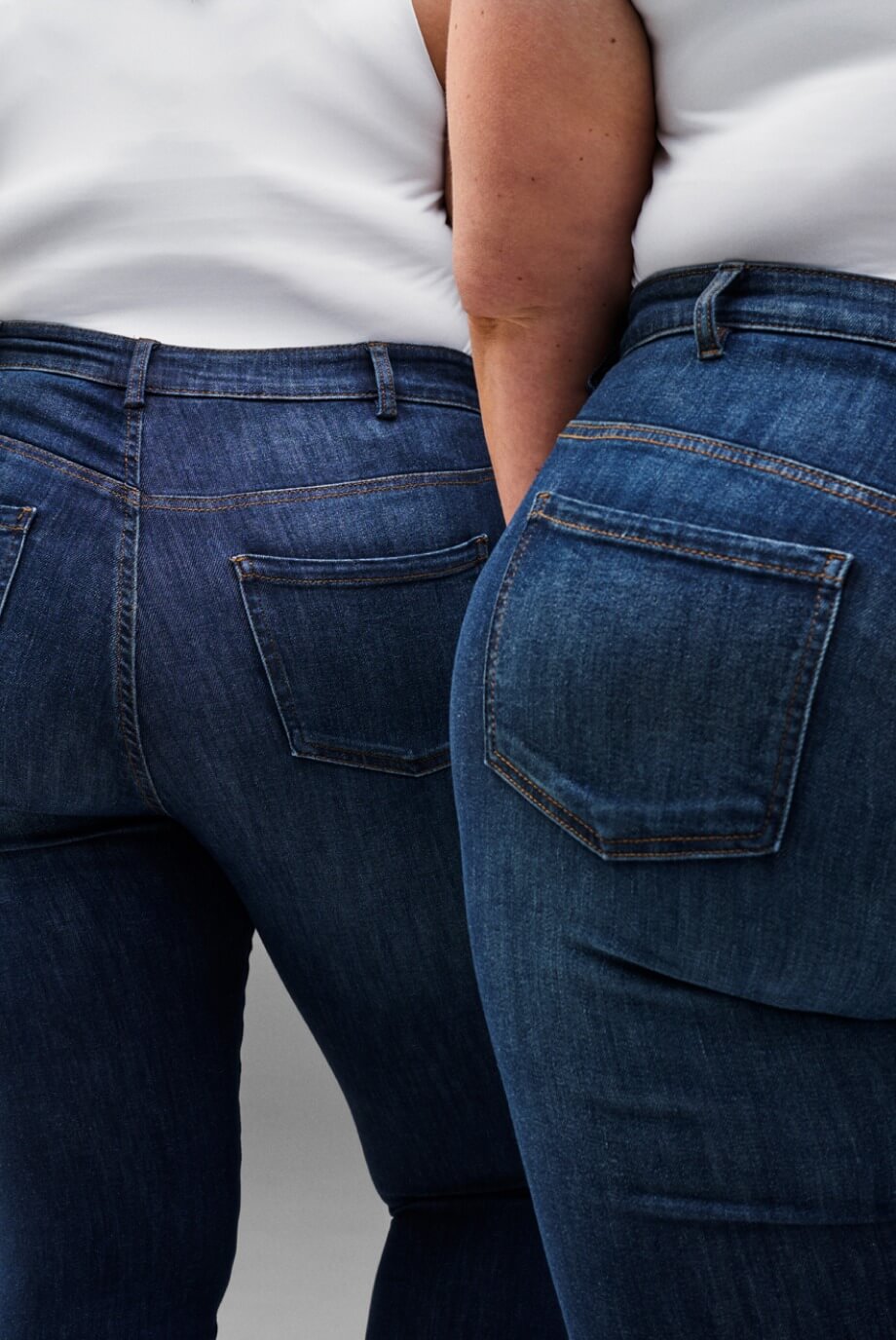
What does denier mean in tights?
When shopping tights, you're bound to come across the term "denier". But if you're one of those people who don't know what that really means, we're here to help you.
Many women have one or more pairs of tights in their wardrobe. They can be essential when it comes to shaping your outfit. Whether you like colours, patterns or more neutral tones, you'll find a pair of tights to suit your style. Denier significantly influences both the visual appearance and tactile feel. This is why we provide guidance on what to consider when selecting the ideal pair for your style and the season.
READ MORE below as we explain what the term denier means, how the denier scale works, and how different denier values affect the look and function of tights.
What is denier?
Denier, originally a French term, plays a central role when it comes to tights. Denier is the unit of measurement used to indicate the linear density of fibers, specifically referring to the thickness of tights. The higher the denier, the thicker and more opaque the tights are. Therefore, if you want to ensure you choose the right tights, it is advisable to keep an eye on the denier number to ensure you achieve the desired balance in both appearance and comfort.
Denier scale
You can use the denier scale to get an indication of how transparent and warm the tights are. The scale below will guide you in choosing the appropriate denier for the winter, or for warmer days when you simply need a pair of thin nylons.
Below, we delve into the various and most common denier values, exploring their implications for both the appearance and functionality of the tights.
Tights 20 denier
- Highly transparent and delicate
- Lighter colours can make them even more transparent
- Often made of pure nylon for extra transparency
- Ideal for formal events or summer wear
- Great for adding smoothness and a light touch of colour
Tights 30 denier
- Slightly more opaque than 20 denier, but still relatively transparent
- Medium colours work well for a balanced look
- A great choice for transitional seasons
- It adds a light warmth without being heavy
Tights 40 denier
- A middle ground that offers moderate opacity
- A fine compromise between transparency and coverage
- Popular for transitional seasons
Tights 60 denier
- Quite opaque and warmer
- Suitable for colder weather
- Dark and vibrant colours can make them a statement piece
- Great for situations where a clearer texture is desired
Tights 100 denier
- Highly opaque and the warmest option on the scale
- Dark colours like black or navy blue are popular
- Materials such as cotton or wool blends are often used for maximum warmth
- Ideal for winter and colder climates
- Increased durability and longevity
Opaque
Just as "denier" is often mentioned in connection with tights, so is "opaque". The term "opaque" refers to the ability of the tights to cover or conceal the skin. Opaque tights have a high denier number, making them a dense and opaque material that allows little or no skin to show through. This makes them the obvious choice if you want more coverage - for example, during the winter.
Opaque tights are perfect for creating an elegant, uniform look and are especially popular in colder months due to their thicker material for extra warmth. They also often come in different colours and patterns. This makes them extra versatile, which is why they are a popular choice for those who want to look stylish and stay warm at the same time.
Denier table
| Denier | Thickness | Transparency |
|---|---|---|
| 20 DEN | Very thin |
High transparency |
| 30 DEN | Thin |
Thin Slightly transparent |
| 40 DEN | Medium thin |
Low transparency |
| 60 DEN | Medium thick |
Low transparency |
| 100+ DEN | Very thick |
Opaque |
Toe reinforcement
Some tights have toe reinforcement for extra durability. Toe reinforcement helps prevent tights from running at the toes and is especially useful for low denier tights, as they are already delicate.
Toe reinforcement in tights also helps increase the durability. Toe reinforcement is also important in higher denier tights, as they are often used in colder weather where shoes can cause additional wear and tear on the tights. The reinforcement guarantees that the toe area remains resistant to wear and tear, preventing premature damage and significantly prolonging the lifespan of the tights. For people who often experience wear and tear in the toe area, tights with toe reinforcement can offer an ideal solution.
How do you differentiate between the front and back of tights?
Telling the difference between the front and back of tights can be challenging. But it actually makes a difference how you turn your tights.
Whether you turn your tights the right or the wrong way is essential for both comfort and appearance. To determine the front and back of tights, you can check the toe and heel areas to ensure they are oriented correctly. When pulling them on, grab the waist of the tights and roll the legs up in your hands. Start by inserting your feet and pull the tights upwards. Adjust carefully as you go along to avoid twists or tangles. Make sure the crotch sits comfortably against the body and the fabric is evenly distributed along the legs.
Denier in Leggings
Denier in leggings is typically higher than in tights due to their durability and frequent use. This is because leggings are often used as an outer layer and require extra durability and no transparency. In leggings, a higher denier keeps them from becoming see-through and gives a sturdier, more durable feel. This is crucial for sports leggings, where it's all about freedom of movement and durability.
Leggings with a higher denier provide enhanced opacity and durability, making them perfect for everyday wear.




